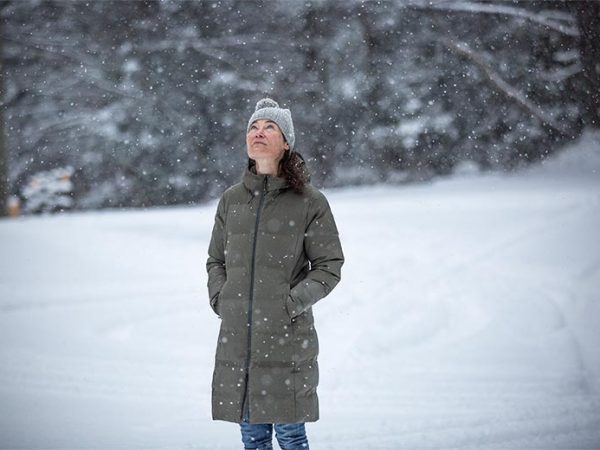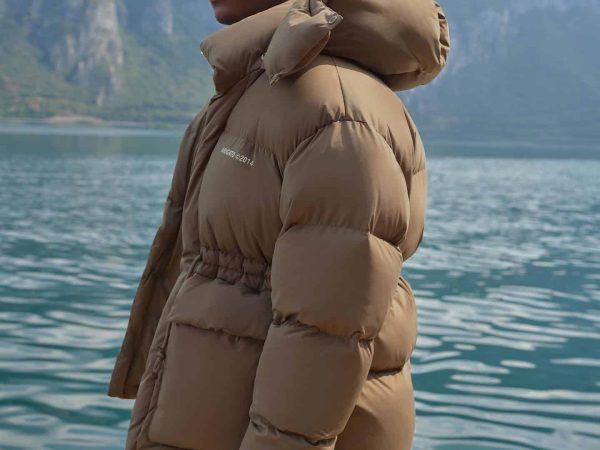Title: The Evolution of Parkas: A Journey Through Time and Trends
Parkas have undergone a fascinating evolution, transforming from practical cold-weather garments to versatile fashion staples embraced by individuals around the world. This journey through time and trends reveals the remarkable evolution of parkas and their enduring appeal across generations and cultures.
1. **Origins in Indigenous Cultures:** The roots of parkas can be traced back to indigenous Arctic cultures, where they were essential garments for surviving harsh winter conditions. Traditionally made from animal hides and fur, these early parkas provided warmth and protection against freezing temperatures and strong winds. Their design and construction were influenced by the specific needs and lifestyles of indigenous communities, reflecting a deep connection to the natural environment.
2. **Military Utilitarianism:** Parkas gained widespread recognition during World War II when they were adopted by military forces for their practicality and durability. Military-issue parkas featured water-resistant fabrics, insulated linings, and fur-trimmed hoods, providing soldiers with essential protection in cold climates. The utilitarian design of military parkas laid the groundwork for their transition into civilian fashion and popular culture.
3. **Countercultural Icon:** In the 1960s and 1970s, parkas became emblematic of countercultural movements and youth rebellion. Influenced by anti-establishment sentiments and outdoor adventure trends, young people embraced parkas as symbols of freedom, individuality, and non-conformity. Parkas adorned with peace symbols, protest slogans, and psychedelic prints became iconic fashion statements worn by activists, musicians, and hippies around the world.
4. **Fashionable Utility:** By the late 20th century, parkas had transcended their utilitarian origins to become fashionable outerwear embraced by mainstream society. Designers and fashion houses reinterpreted the classic parka silhouette, incorporating modern materials, sleeker silhouettes, and contemporary details to appeal to style-conscious consumers. Parkas made from luxurious fabrics like cashmere, shearling, and leather graced the runways of top fashion shows, elevating the humble outerwear piece to new heights of sophistication and glamour.
5. **Urban Streetwear Staple:** In the 21st century, parkas have cemented their status as urban streetwear staples, favored by fashion enthusiasts and celebrities alike. Urban-inspired parkas feature streamlined silhouettes, urban camouflage prints, and urban utility pockets, reflecting the dynamic and fast-paced nature of city life. Parkas seamlessly blend fashion and function, offering wearers protection from the elements while making a bold style statement on city streets.
6. **Sustainable Innovation:** As environmental awareness grows, there is a growing emphasis on sustainability and ethical practices in the production of parkas. Many brands are now using eco-friendly materials, such as recycled fabrics and plant-based coatings, to reduce their environmental footprint. Additionally, ethical manufacturing practices, such as fair labor standards and supply chain transparency, are becoming increasingly important considerations for consumers when choosing parkas.
In conclusion, the evolution of parkas reflects a dynamic interplay between functionality, fashion, and cultural trends. From their origins in indigenous cultures and military utilitarianism to their embrace by countercultural movements and mainstream fashion, parkas have remained versatile and relevant garments throughout history. Today, parkas continue to evolve, embracing sustainability and innovation while retaining their timeless appeal and enduring popularity as essential outerwear for the modern world.


